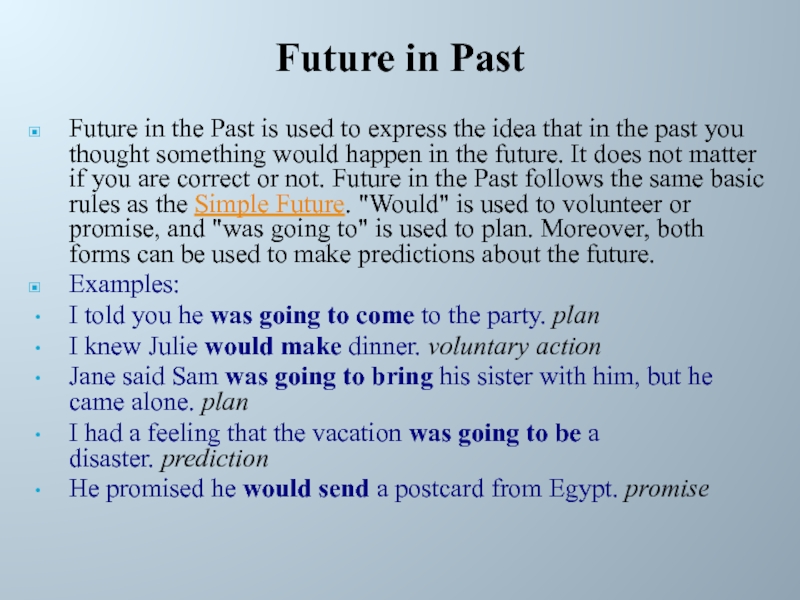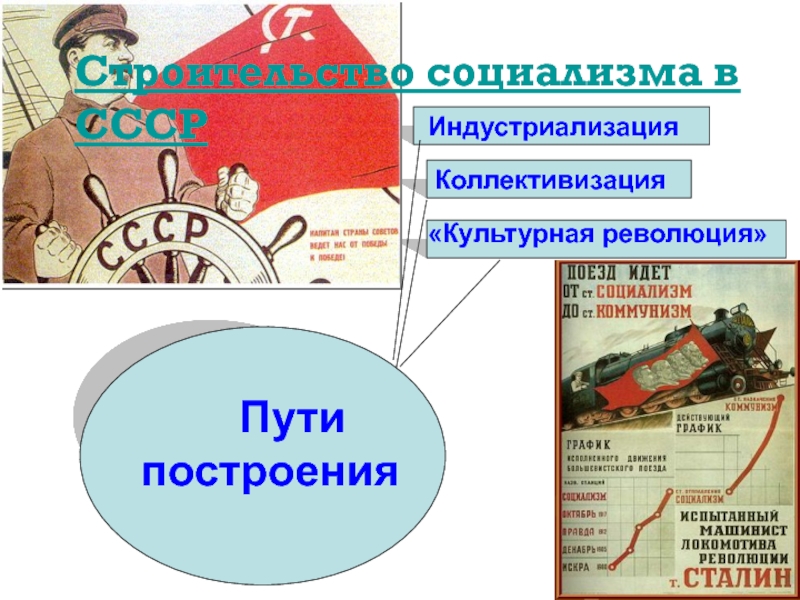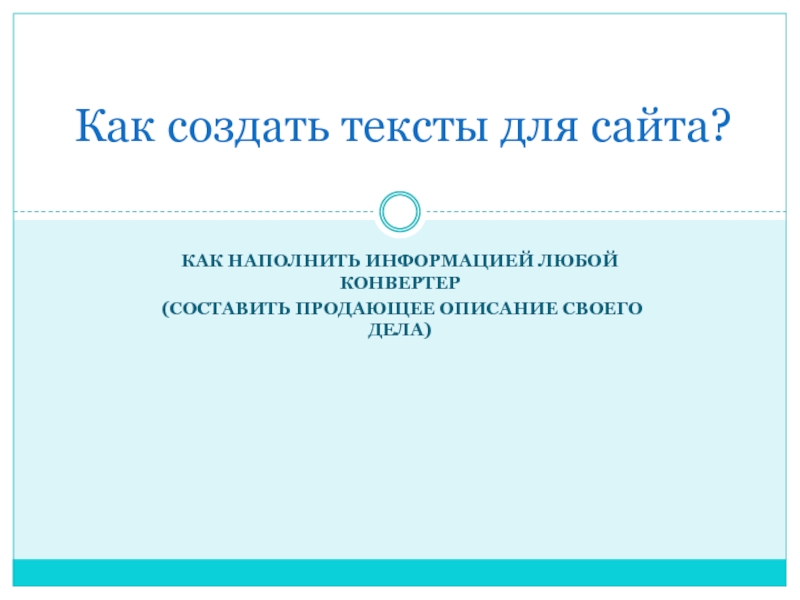Разделы презентаций
- Разное
- Английский язык
- Астрономия
- Алгебра
- Биология
- География
- Геометрия
- Детские презентации
- Информатика
- История
- Литература
- Математика
- Медицина
- Менеджмент
- Музыка
- МХК
- Немецкий язык
- ОБЖ
- Обществознание
- Окружающий мир
- Педагогика
- Русский язык
- Технология
- Физика
- Философия
- Химия
- Шаблоны, картинки для презентаций
- Экология
- Экономика
- Юриспруденция
Karaganda state medical university
Содержание
- 1. Karaganda state medical university
- 2. Figure A shows the location of the
- 3. Bronchitis is inflammation of the bronchi (large and medium-sized
- 4. Acute bronchitis usually has a cough that lasts
- 5. Chronic bronchitis is defined as a productive cough that lasts
- 6. Acute bronchitis is one of the most
- 7. Future in the Past Like Simple Future, Future
- 8. FORM Would [would + VERB]Examples:I knew you would help him.I knew you would not help him.
- 9. FORM Was/Were Going To [was/were + going
- 10. Future in Past Future in the Past
- 11. Скачать презентанцию
Figure A shows the location of the lungs and bronchial tubes. Figure B is an enlarged view of a normal bronchial tube. Figure C is an enlarged view of a bronchial
Слайды и текст этой презентации
Слайд 1Karaganda state medical university
Prepared by Mendekinova K.,
GROUP 2-065, “GENERAL MEDICINE”
UNDER
THE SUPERVISION OF THE FOREIGN LANGUAGES DEPARTMENT TEACHER T.G.DASHKINA
upon the lexical topic «BRONHITIS»Слайд 2Figure A shows the location of the lungs and bronchial
tubes. Figure B is an enlarged view of a normal
bronchial tube. Figure C is an enlarged view of a bronchial tube with bronchitis.Слайд 3Bronchitis is inflammation of the bronchi (large and medium-sized airways) in the lungs. Symptoms
include coughing upmucus, wheezing, shortness of breath, and chest discomfort. Bronchitis is divided
into two types: acute and chronic. Acute bronchitis is also known as a chest cold.Слайд 4Acute bronchitis usually has a cough that lasts around three weeks.In
more than 90% of cases the cause is a viral infection.
These viruses may be spread through the air when people cough or by direct contact. Risk factors include exposure to tobacco smoke, dust, and other air pollution. A small number of cases are due to high levels of air pollution or bacteria such as Mycoplasma pneumoniae or Bordetella pertussis. Treatment of acute bronchitis typically involves rest,paracetamol (acetaminophen), and NSAIDs to help with the fever.Слайд 5Chronic bronchitis is defined as a productive cough that lasts for three months
or more per year for at least two years. Most
people with chronic bronchitis have chronic obstructive pulmonary disease (COPD). Tobacco smoking is the most common cause, with a number of other factors such as air pollution and genetics playing a smaller role.Treatments includequitting smoking, vaccinations, rehabilitation, and often inhaled bronchodilators and steroids. Some people may benefit from long-term oxygen therapy or lung transplantation.Слайд 6Acute bronchitis is one of the most common diseases.About 5%
of adults are affected and about 6% of children have
at least one episode a year. In 2010, COPD affects 329 million people or nearly 5% of the population. In 2013, it resulted in 2.9 million deaths up from 2.4 million deaths in 1990.Слайд 7Future in the Past
Like Simple Future, Future in the Past has
two different forms in English: "would" and "was going to."
Although the two forms can sometimes be used interchangeably, they often express two different meanings.Слайд 9FORM Was/Were Going To
[was/were + going to + VERB]
Examples:
I knew
you were going to go to the party.
I knew you were not going
to go to the party.Слайд 10Future in Past
Future in the Past is used to express
the idea that in the past you thought something would
happen in the future. It does not matter if you are correct or not. Future in the Past follows the same basic rules as the Simple Future. "Would" is used to volunteer or promise, and "was going to" is used to plan. Moreover, both forms can be used to make predictions about the future.Examples:
I told you he was going to come to the party. plan
I knew Julie would make dinner. voluntary action
Jane said Sam was going to bring his sister with him, but he came alone. plan
I had a feeling that the vacation was going to be a disaster. prediction
He promised he would send a postcard from Egypt. promise

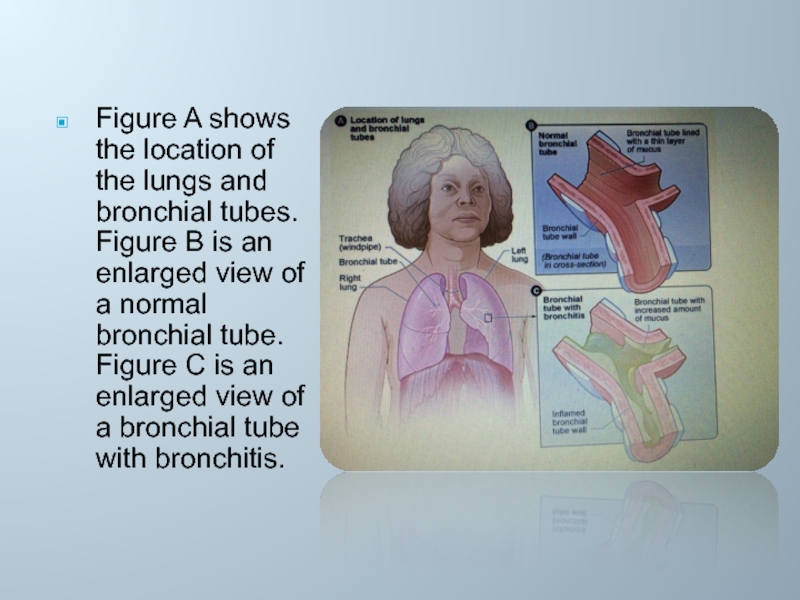

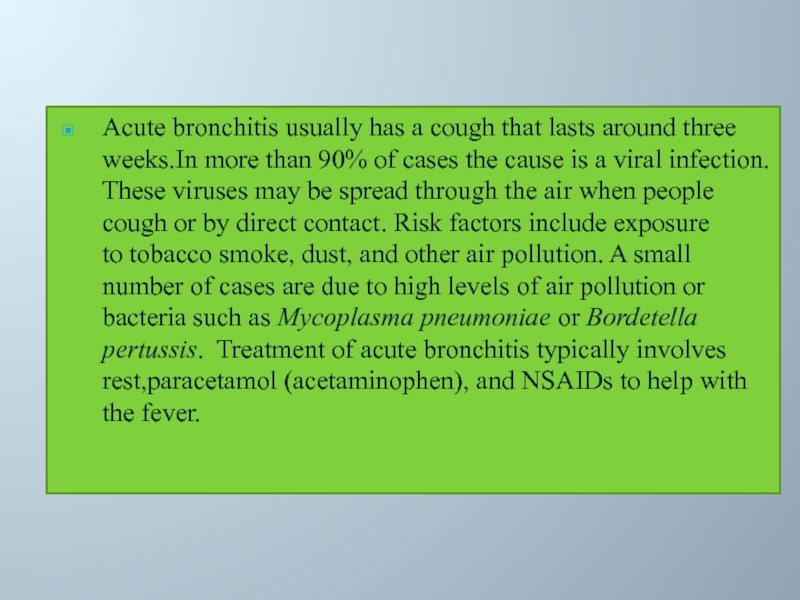
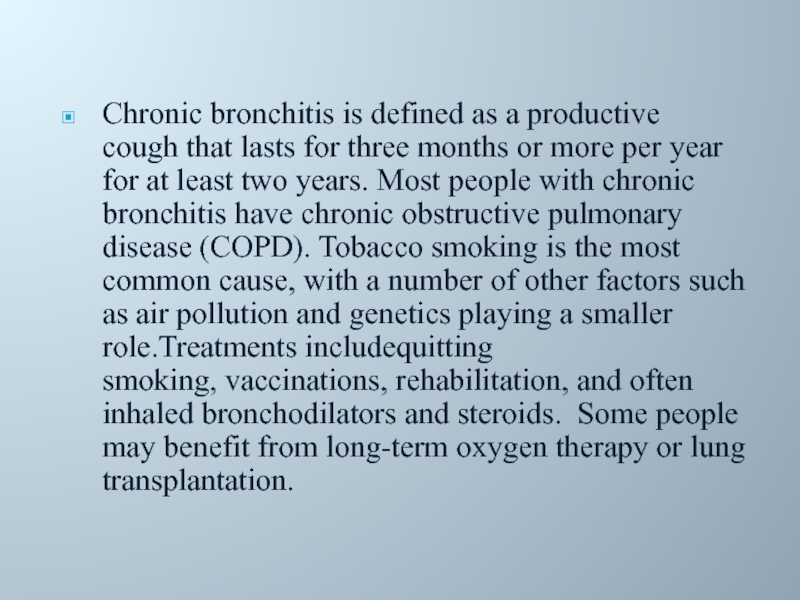
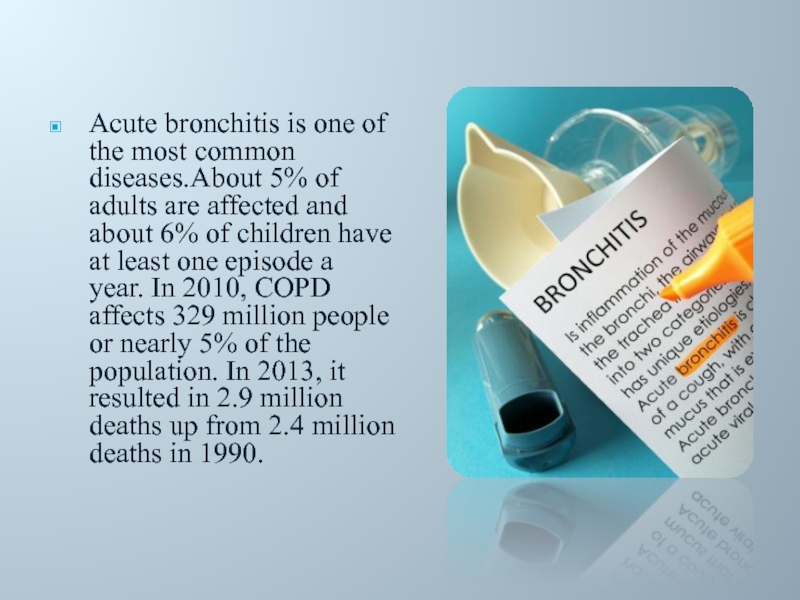
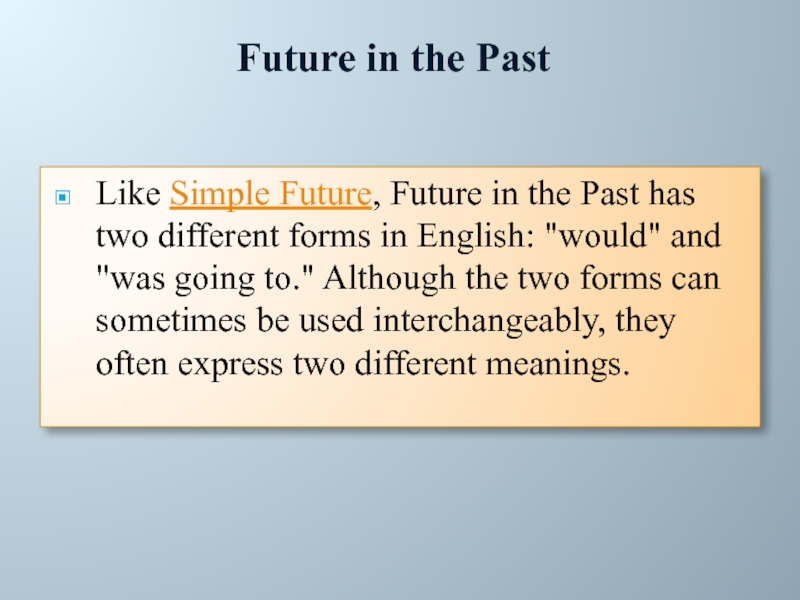
![Karaganda state medical university FORM Would [would + VERB]Examples:I knew you would help him.I knew you would not help him. FORM Would [would + VERB]Examples:I knew you would help him.I knew you would not help him.](/img/thumbs/2c52a97a0abab582ef07fb28805c8eca-800x.jpg)
![Karaganda state medical university FORM Was/Were Going To [was/were + going to + VERB]Examples:I knew FORM Was/Were Going To [was/were + going to + VERB]Examples:I knew you were going to go to the party.I](/img/thumbs/8e1d518b47fe6188af054797bd874a7a-800x.jpg)
